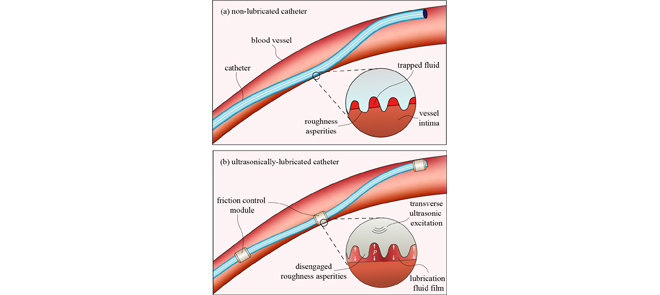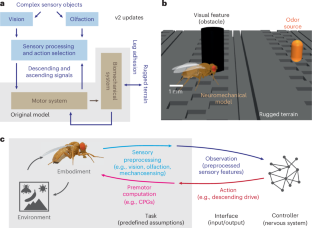2024-11-14 チャルマース工科大学
<関連情報>
- https://news.cision.com/chalmers/r/the-blue-green-sustainable-proteins-of-seaweed-may-soon-be-on-your-plate,c4065792
- https://www.sciencedirect.com/science/article/pii/S0308814624034897?via%3Dihub
界面活性剤とアルカリ水溶液を用いたアオサ(Ulva fenestrata)からの新しいタンパク質抽出法 A new method for protein extraction from sea lettuce (Ulva fenestrata) via surfactants and alkaline aqueous solutions
João P. Trigo, Sophie Steinhagen, Kristoffer Stedt, Annika Krona, Simone Verhagen, Henrik Pavia, Mehdi Abdollahi, Ingrid Undeland
Food Chemistry Available online: 30 October 2024
DOI:https://doi.org/10.1016/j.foodchem.2024.141839

Highlights
- Proof-of-concept method to solubilize and precipitate protein from sea lettuce.
- Sequential use of aqueous solutions with 0.1–2 % Triton X-114 or only alkali (pH 12).
- Triton raised protein extraction yields by 3.4-fold compared to alkali alone.
- Triton disrupted chloroplasts and appeared selective for membrane proteins.
- A mechanism for the precipitation of lipophilic membrane proteins is proposed.
Abstract
Alternative protein sources such as seaweed can help relieve the pressure on land-based protein supply. This proof-of-concept study developed an extraction method to recover soluble and lipophilic proteins from the seaweed Ulva fenestrata. The method consisted of processing U. fenestrata with 0.1–0.5 % aqueous Triton X-114 solution and reprocessing the pellet with an alkaline aqueous solution. Then, the solubilized proteins were precipitated via acidification. The new method extracted 3.4-times more protein, measured as total amino acids, compared to the control with two alkaline aqueous extraction cycles. Triton disrupted the chloroplasts and likely solubilized lipophilic membrane proteins as supported by microstructure and polypeptide pattern analysis. Triton-derived protein extracts contained lipids inside the precipitates/aggregates and were richer in fatty acids typical of photosynthetic membranes. The higher extraction yields are proposed to result from membrane charge neutralization upon acidification, triggering interactions between the membrane lipids and their subsequent precipitation with the lipophilic membrane protein.


